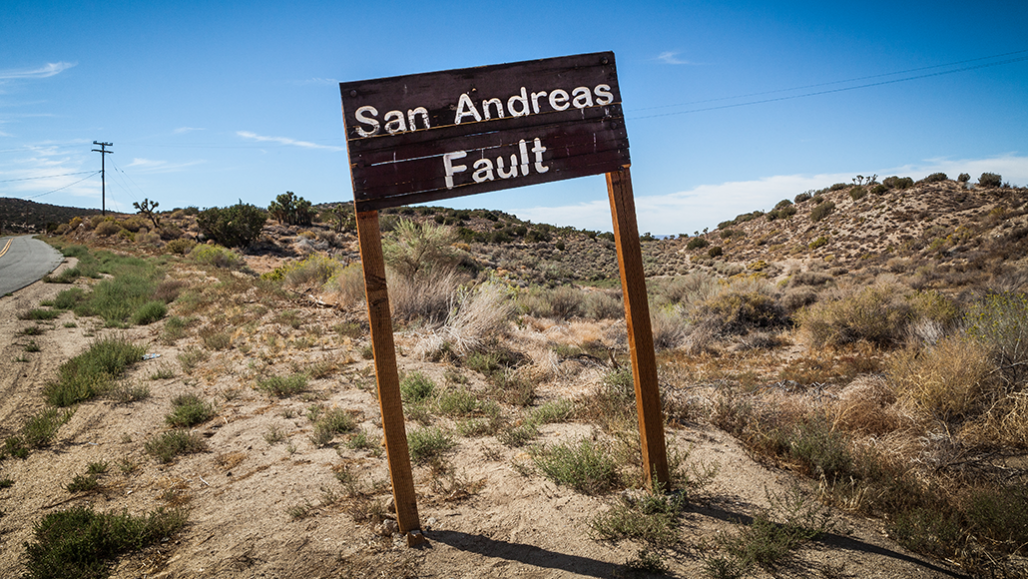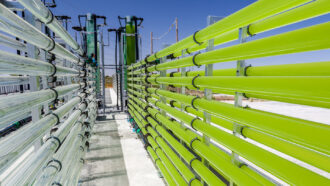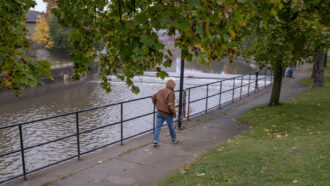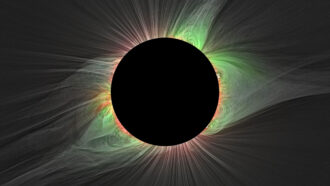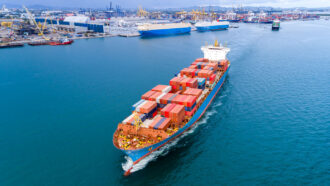crust: (in geology) Earth’s outermost surface, usually made from dense, solid rock.
data: Facts and/or statistics collected together for analysis but not necessarily organized in a way that gives them meaning. For digital information (the type stored by computers), those data typically are numbers stored in a binary code, portrayed as strings of zeros and ones.
earthquake: A sudden and sometimes violent shaking of the ground, sometimes causing great destruction, as a result of movements within Earth’s crust or of volcanic action.
Earth’s crust: The outermost layer of Earth. It is relatively cold and brittle.
frequency: The number of times some periodic phenomenon occurs within a specified time interval. (In physics) The number of wavelengths that occurs over a particular interval of time.
geological: Adjective to describe things related to Earth’s physical structure and substance, its history and the processes that act on it. People who work in this field are known as geologists.
Himalayas: A mountain system in Asia that divides the Tibetan Plateau to its north from the plains of India to the south. Containing some of the highest mountains in the world, the Himalayas include more than 100 that rise at least 7,300 meters (24,000 feet) above sea level. The tallest is known as Mount Everest.
magnitude: (in geology) A number used to describe the relative size of an earthquake. It runs from 1 to more than 8 and is calculated by the peak ground motion as recorded by seismographs. There are several magnitude scales. One of the more commonly used ones today is known as the moment magnitude. It’s based on the size of a fault (crack in Earth’s crust), how much the fault slips (moves) during a quake, and the energy force that was required to permit that movement. For each increase in magnitude, an earthquake produces 10 times more ground motion and releases about 32 times more energy. For perspective, a magnitude 8 quake can release energy equivalent to detonating 6 million tons of TNT.
plate tectonics: The processes governing the movements of massive pieces that make up Earth’s outer layer, which is called the lithosphere. Those processes cause the rock masses to rise from inside Earth, travel along its surface, and sink back down.
pressure: Force applied uniformly over a surface, measured as force per unit of area.
Ring of Fire: An area around the Pacific Ocean’s edge where plate tectonics processes cause relatively frequent earthquakes and volcanic eruptions.
tectonic: Surface activity on a large rocky body (such as a planet or moon) as liquid rock flows up to the surface where it solidifies, then slowly drifts atop molten rock, carrying surface features with it.
U.S. Geological Survey: (or USGS) This is the largest nonmilitary U.S. agency charged with mapping water, Earth and biological resources. It collects information to help monitor the health of ecosystems, natural resources and natural hazards. It also studies the impacts of climate and land-use changes. A part of the U.S. Department of the Interior, USGS is headquartered in Reston, Va.
wastewater: Any water that has been used for some purpose (such as cleaning) and no longer is clean or safe enough for use without some type of treatment. Examples include the water that goes down the kitchen sink or bathtub or water that has been used in manufacturing some product, such as a dyed fabric.
wave: A disturbance or variation that travels through space and matter in a regular, oscillating fashion.
